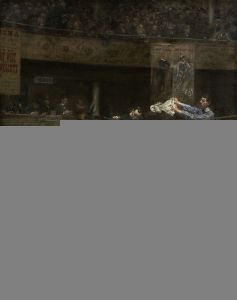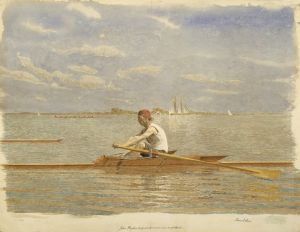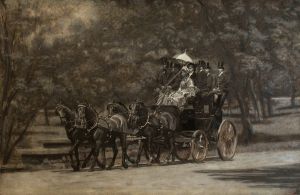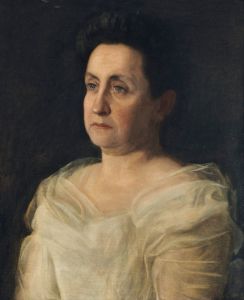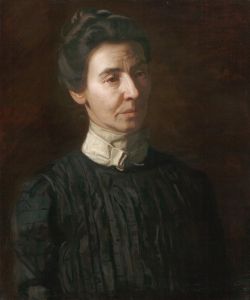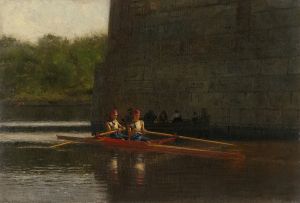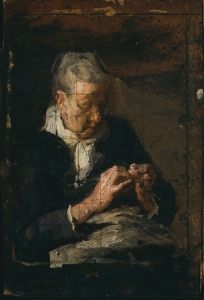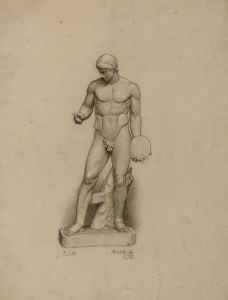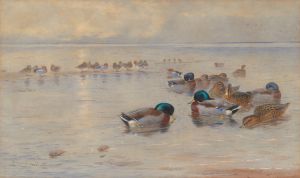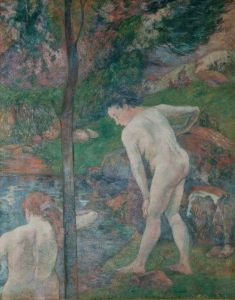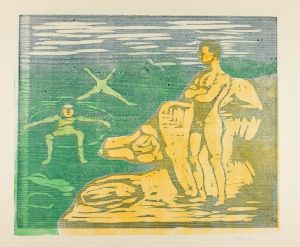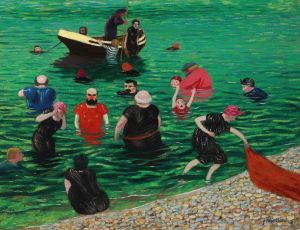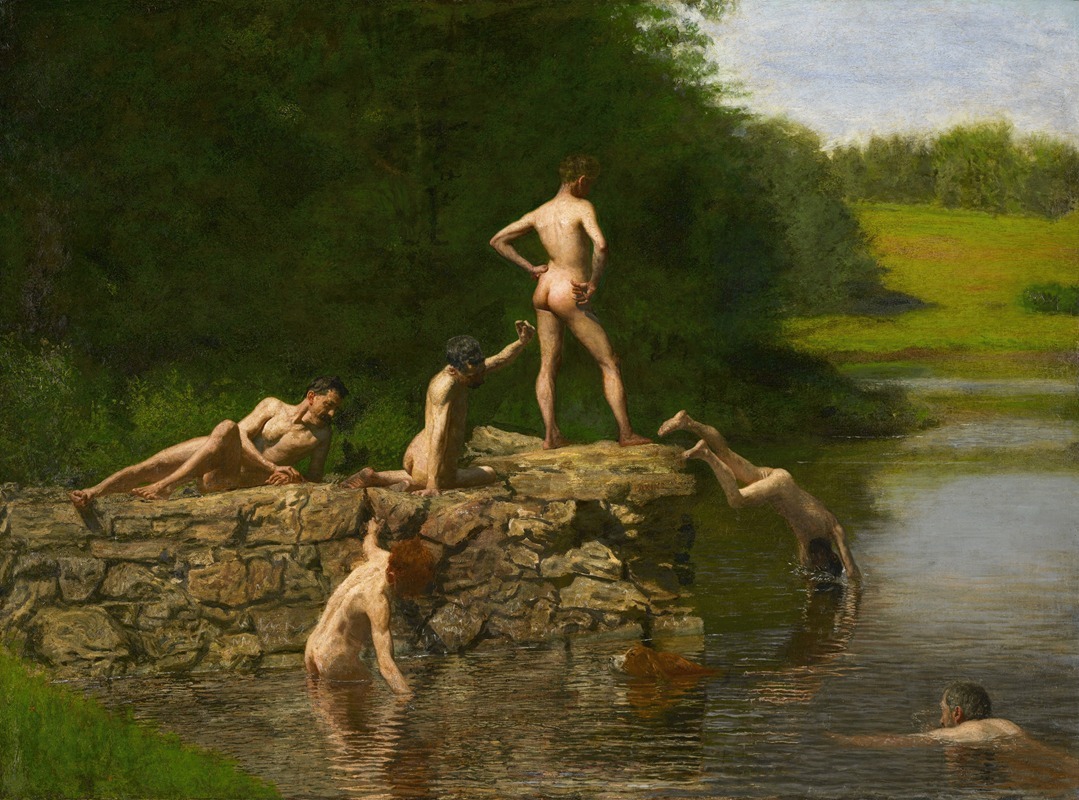
Swimming
A hand-painted replica of Thomas Eakins’s masterpiece Swimming, meticulously crafted by professional artists to capture the true essence of the original. Each piece is created with museum-quality canvas and rare mineral pigments, carefully painted by experienced artists with delicate brushstrokes and rich, layered colors to perfectly recreate the texture of the original artwork. Unlike machine-printed reproductions, this hand-painted version brings the painting to life, infused with the artist’s emotions and skill in every stroke. Whether for personal collection or home decoration, it instantly elevates the artistic atmosphere of any space.
"Swimming" is an oil painting created by the American artist Thomas Eakins in 1885. Eakins, known for his realistic portrayal of the human figure and his interest in anatomy and motion, was a prominent figure in American art during the late 19th century. This painting is one of his most celebrated works and exemplifies his dedication to capturing the human form in a natural setting.
The painting depicts a group of six nude men swimming and relaxing by a creek, believed to be Mill Creek near Eakins's hometown of Philadelphia, Pennsylvania. The scene is set in a lush, natural environment, with the figures engaging in various activities such as diving, swimming, and lounging on the bank. The composition is carefully arranged to highlight the musculature and movement of the figures, showcasing Eakins's deep understanding of human anatomy.
Eakins's approach to painting was heavily influenced by his academic training and his interest in photography. He often used photographs as references for his paintings, and "Swimming" is no exception. Eakins took several photographs of his students and friends in similar poses, which he then used to inform the composition and details of the painting. This method allowed him to achieve a high level of realism and accuracy in depicting the human body.
The painting is notable for its candid portrayal of nudity, which was considered controversial at the time. Eakins's willingness to depict the nude male form in a straightforward and unidealized manner was both praised and criticized by his contemporaries. His focus on realism and the human body often put him at odds with more conservative elements of society and the art world.
"Swimming" is also significant for its reflection of Eakins's personal interests and experiences. Eakins was an avid swimmer and often spent time outdoors, engaging in activities such as rowing and swimming. This personal connection to the subject matter is evident in the painting's sense of immediacy and authenticity.
The painting is housed in the Amon Carter Museum of American Art in Fort Worth, Texas. It remains an important example of Eakins's work and a testament to his skill as a painter and his commitment to realism. "Swimming" continues to be studied and admired for its technical proficiency, its exploration of the human form, and its place within the broader context of American art history.
Eakins's influence on American art is significant, and "Swimming" is a key piece in understanding his contribution to the field. His dedication to realism and his innovative use of photography have left a lasting impact on the development of American painting, and his works continue to be celebrated for their depth, precision, and insight into the human experience.





